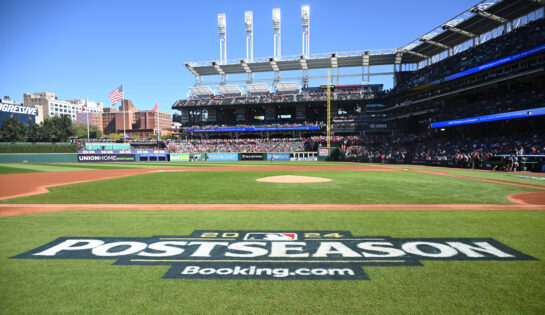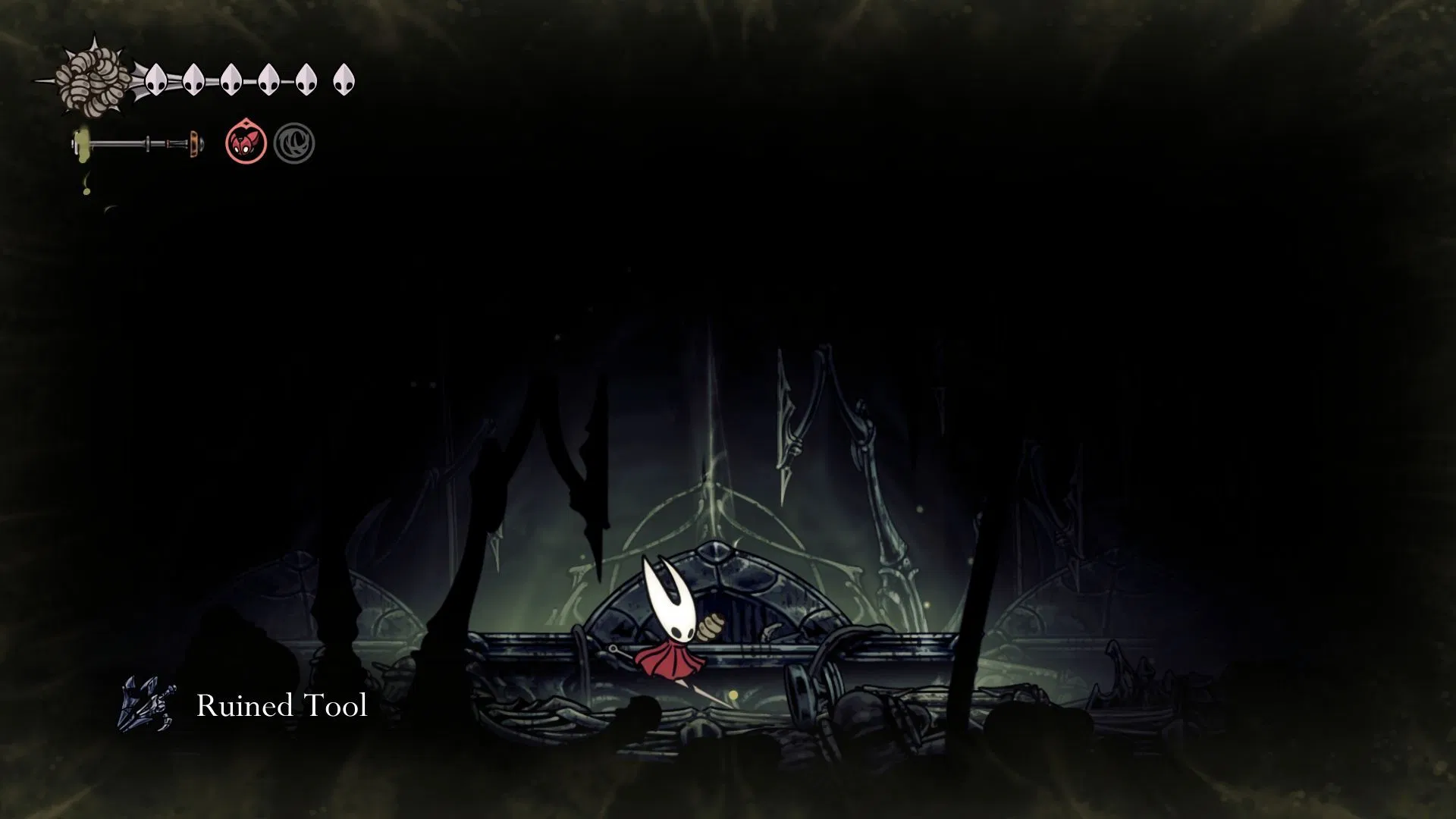
The playoffs have begun! The stage is set for October, and there is an MLB playoff rules book behind every pitch that was made for high stakes and big drama. This marks the fourth year of the 12-team playoff structure, implemented in 2022 through the Collective Bargaining Agreement. The format has already produced unexpected champions and challenged traditional assumptions about seeding advantages.
Lower seeds have thrived under this system. The sixth-seeded Philadelphia Phillies reached the 2022 World Series. The 2023 championship featured the fifth-seeded Texas Rangers defeating the sixth-seeded Arizona Diamondbacks. Last season, the New York Mets nearly captured the pennant despite entering as the sixth seed. These results demonstrate how the expanded format creates opportunities beyond regular-season performance.
Let’s dig deep and understand more MLB playoff rules!
What will be the format of the Wild Card Series, Division Series, and World Series? All to know
As per the MLB playoff rules, 12 teams make it to the postseason. This means six clubs from each league, three from each division, and three wild cards. The top two seeds in each league get a bye in the first round and move straight to the Division Series. The three wild card teams (seeds 4, 5, and 6) and the last division winner (seed 3) play in a best-of-three Wild Card Series.
The higher-seeded team hosts all of the games in that round (i.e., the better seed hosts all three), and there is no switching between home and away games. The Division Series is then played in a best-of-five format. The World Series and the League Championship Series (ALCS/NLCS) are both best-of-seven. After the Wild Card round, there is no reseeding. The winner of 4 vs. 5 faces the No. 1 seed, while the winner of 3 vs. 6 plays the No. 2 seed.
So it goes like: Wild Card (best-of-3) → Division (best-of-5) → League Championship (best-of-7) → World Series (best-of-7).
Read Top Stories First From EssentiallySports
Click here and check box next to EssentiallySports
Will the pitch clock be implemented in this? Know the answer
Yes, the pitch clock is still in effect in the MLB playoffs rules book. The same rules that apply throughout the regular season also apply during the playoffs. When there are no runners on base, pitchers have 15 seconds to start their outings. When there are runners on base, that time goes up (for example, to 18 seconds).
If a pitcher doesn’t start throwing the ball within that time frame, an automatic ball is called. The batter must be in the box and paying attention to the pitcher by the 8-second mark on the clock. If they don’t, they get an automatic strike.
Not all “pace-of-play” changes from the regular season carry over into October, which is essential to note. The ghost runner (an automatic runner on second base in extra innings) is one example of something that isn’t used in the postseason but is used in regular-season overtime innings. In the postseason, extra innings start with no one on base.
So, the pitch clock’s time limits stay in place in the MLB playoffs rules, keeping the tempo, but with the traditional extra-innings structure intact.
What happens if games are tied: An overview of Tie Breaks
In the postseason, games can’t end in a tie. The teams keep on playing into extra innings until someone wins in the regular way (no sudden-death runner rule). As per the MLB playoffs rule, each inning starts with the bases empty, unlike the regular season, where automatic runners might be employed in extra innings.
Here’s what happens if a postseason (playoff) game is tied after nine innings:
They play extra innings, and the game goes on until one team is ahead at the end of the inning. There can’t be a tie.
In extra innings, there is no automatic (“ghost”) runner at second base like there is in the regular season. Every inning starts with empty bases.
Even in extra innings, the pitch clock regulations still apply: pitchers must start their delivery within 15 seconds if the bases are empty or 18 seconds if there are runners.
In the postseason, managers can also challenge two plays instead of just one, like they can in the regular season.
So, if a playoff game is tied after nine innings, it goes on under full rules until someone wins. But what if nature interrupts? Well, there are rules for that, too.
Is there any rule for a rain delay?
Yes, MLB playoff rules have clear instructions on what will happen when the postseason games are interrupted due to weather. If the weather or field conditions are bad, games may be stopped, delayed, or moved to another day. In these situations, the game can start again from where it left off, usually the next day, and the score, innings, outs, and baserunners will all stay the same.
In the regular season, certain games might be called if they reach a certain number of innings. In the postseason, though, there must be a winner. Because of this, MLB makes sure that a game that is stopped will continue later until it is finished. The rules for the lineup and substitutions don’t change; teams start over with the same players and conditions that were in place when the game was stopped.
With this, MLB aims to finish every game fairly, not shorten it, even if the playoffs are closely scheduled. If there are delays, they may have to make changes, like pushing back the start of a Division Series or changing off-days. When to stop, delay, or start again is up to the umpires, league officials, and weather monitors. In the postseason, a game is not official until it is over.
In short, rain or bad weather can’t ‘kill’ a postseason game; it just has to wait until it can finish.
Who gets the chance to decide ‘home’? Everything about home-field advantage
Home-field advantage depends on how the team has performed throughout the regular season. In the Wild Card round, the higher seed hosts all three games, providing a significant tactical advantage by eliminating travel and playing in familiar surroundings. This all-or-nothing home stand places immense pressure on lower seeds to perform flawlessly on the road.
The Division Series employs a different structure under the MLB playoffs rules. These matchups follow a 2-2-1 format, with the highest-seeded team hosting Games 1, 2, and 5 if necessary. This system rewards teams that perform well in the regular season by giving the better team three possible home games, including the important fifth game.
Home-field advantage in the Championship Series and World Series similarly derives from seeding. The team with the superior regular-season record claims the extra home game in these best-of-seven series. This advantage extends beyond crowd support—familiarity with ballpark dimensions, local weather patterns, and travel schedules can prove decisive in evenly matched contests.
The emphasis on regular-season performance motivates teams to play great games in September. Why? Well, because each extra win can secure a playoff game at home, the final weeks are as crucial as the early months.
No ghosting this season: A look at MLB’s rule related to Ghost Runner
The “ghost runner” or automatic runner in extra innings is one of the newer ideas that got almost every MLB enthusiast debating. To speed up scoring and shorten long games, each extra inning in the regular season starts with a runner on second base.
Though that rule will not be used in the postseason this season. In October, extra innings go back to how they used to be: bases are empty to start, teams bat in full order, and there is no automatic runner. The game goes on until one team is ahead at the end of an inning.
The reasoning is that the stakes are higher during the playoffs. MLB would rather keep the game pure than speed up the results in a postseason elimination setting. Analysts have pointed out that the postseason throws out a lot of new ways to speed up the game that were used during the regular season, such as the ghost runner, in favor of tradition.



